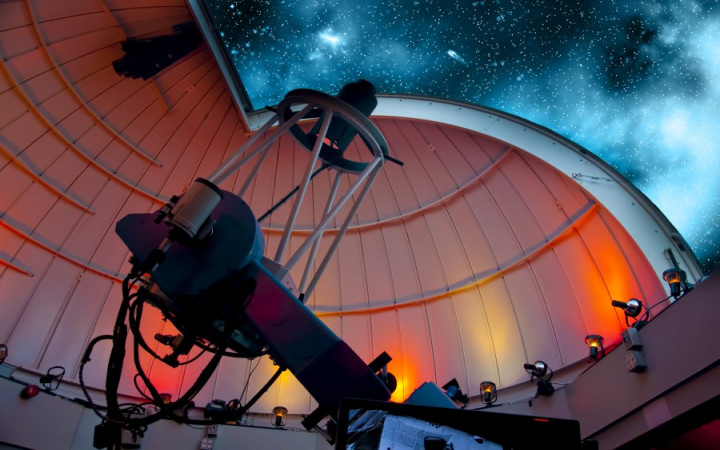Today’s Wonder of the Day was inspired by Miss Lipman's Class from Greenwich. Miss Lipman's Class Wonders, “How was the telescope invented?” Thanks for WONDERing with us, Miss Lipman's Class!
Do you ever like to go outside for a few minutes to gaze up at the stars in the sky? Do you ever WONDER how far away those stars are or if there's anyone else out there? If so, you're not alone. The stars have always amazed human beings and beckoned to be explored.
Up until several hundred years ago, and without scientific tools to study the stars, all early humans could do was stare at the sky and let their imaginations take them to the outer reaches of the galaxy.
Today we have all sorts of advanced scientific technology to see the farthest reaches of galaxies unimaginable distances away from us. From simple telescopes to space telescopes that fly through our solar system sending images back to Earth, modern scientists know more about the stars than ever before.
Even though the stars have probably captured human imaginations since our species began, we've really only been able to study the stars with scientific tools for the last 400 years or so. In fact, the first telescopes weren't even inspired by a desire to study the heavens, but instead came about from attempts to improve vision for people in daily life.
We don't know for sure who the first person was to notice that pieces of convex transparent glass could magnify objects. As early as the late 13th century, Italian glassmakers were producing magnifying glasses and lenses to help those with vision problems.
These early lenses were the building blocks of what would become the first telescopes. Hand-crafted by glassmakers rather than scientists, the focus of early magnification lenses was on correcting vision problems that tended to develop with age.
Although all the pieces — concave and convex mirrors and lenses — were available as early as 1450 or so, it doesn't appear that anyone assembled them together into the first telescope until the early 1600s.
In 1608, eyeglass maker Hans Lippershey filed the first patent in the Netherlands for a "certain instrument for seeing far." Although he might not have been the first person ever to build a rudimentary telescope, Lippershey is generally considered the inventor of the telescope because he was the first to file a patent application.
Lippershey's device, as well as those of other contemporaries, such as Jacob Metius, only magnified objects about three times (3X). It took the efforts of a famous Italian scientist — Galileo Galilei — to build a better telescope and put it to use studying the stars.
Galileo learned about the new device in 1609 and, without ever seeing one, built his own version. Recognizing its possibilities, Galileo spent considerable time building different versions of telescopes, improving its design along the way. By the end of 1609, Galileo had improved magnification to 20-30X and became the first scientist to use the device to study the heavens.
Galileo popularized the use of the telescope for scientific purposes. Its impact on science can't be overstated. Revealing previously-unknown phenomena in the skies, the telescope was the primary scientific tool that led the Scientific Revolution of the 17th century.





